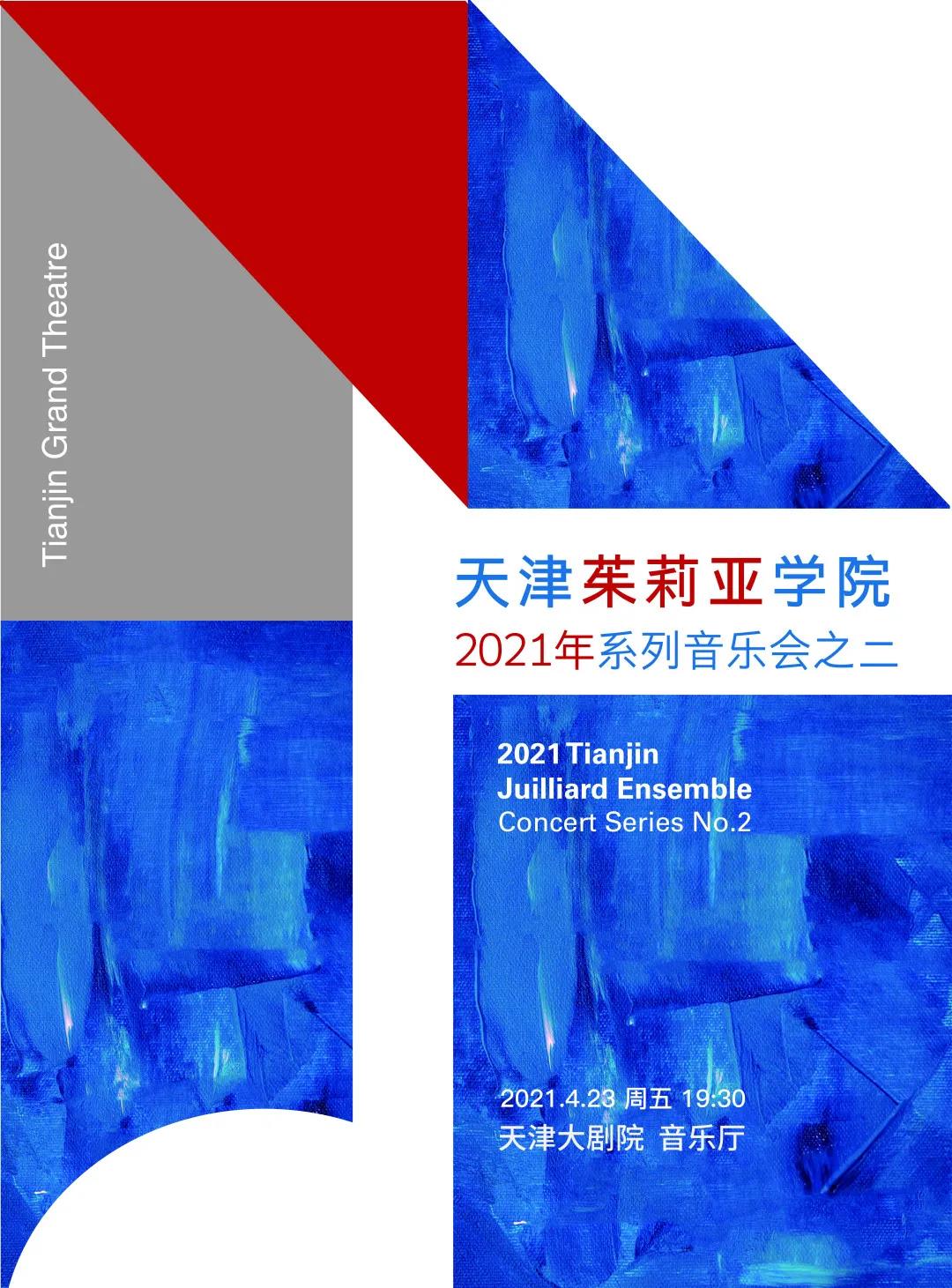2021 Tianjin Juilliard Ensemble Concert Series No.2 to Kick off

At 19:30 on April 23rd, the 2021 Tianjin Juilliard Ensemble Concert Series No.2 will be held in the music hall of Tianjin Grand Theater.
Program
BOHUSLAV MARTINŮ (1890-1959)
Nonet No. 2, H. 374 (1959)
CAMILLE SAINT-SAËNS (1835-1921)
The Carnival of the Animals
BÉLA BARTÓK (1881-1945)
Sonata for Two Pianos and Percussion (1937)
Notes on the Program by Dr. Niccolo Athens
BOHUSLAV MARTINŮ
Nonet No. 2, H. 374 (1959)
The Czech musician Bohuslav Martinů was one of the most prolific of major 20th century composers. (What other composer wrote two nonets!) Because he composed across such a wide variety of genres, a number of his works survive on the margins of the repertory. His musical style is distinct but hard to pin down: generally lyrical but heavily syncopated, mostly triadic yet often spiced with impressionistic dissonances. The nine-instrument combination used in this work of 1959 for mixed winds and strings was pioneered by Louis Spohr, a contemporary of Beethoven, in his “Grand Nonet” of 1813. Martinů cast his own work in more modest dimensions, each movement only around five minutes long. He did, however, take after Spohr in exploring both the soloistic and “orchestral” textural possibilities of the ensemble.
CAMILLE SAINT-SAËNS
The Carnival of the Animals
It’s impossible to know what Camille Saint-Saëns would have made of the fact that he is now best remembered as the composer of The Carnival of the Animals, but there is reason to suspect that he would have been none-too-pleased. Although he arranged for several private performances of the work that were well-received, he refused to allow for its publication during his lifetime, fearing it would harm his reputation as a “serious” composer. Perhaps he should have been more willing to give himself up to whimsy. Although a few of his larger works including a symphony, a few concerti, and an opera also continue to be performed, it is this music that has proved his most enduring creation. Essentially a suite of character pieces for two pianos, strings, and a handful of woodwinds and percussion, the work alternates between movements that, while slight, are genuinely charming musical creations, and others that are pure humor, musical gags that look forward to the wit of Erik Satie and serve as comic interludes between the more substantial numbers of the set.
BÉLA BARTÓK
Sonata for Two Pianos and Percussion (1937)
Bartók’s Sonata for Two Pianos and Percussion of 1937 was one of the first important works to try and carve out a role for the percussion instruments in the chamber music repertoire. While the writing for these instruments in this sonata is somewhat rudimentary by the standards of today’s new music, it was for its time incredibly sophisticated and carefully worked out. The detailed instructions for arranging the various percussion instruments that prefaces the score has been much imitated. Most remarkable was Bartók’s success in finding ways to accommodate the gestural language of these formerly only orchestral instruments to the new medium. Key to this was utilizing the percussive aspect of the piano that was such an important part of Bartók’s writing for the instrument. The two challenging piano parts were first performed by Bartók and his wife, Ditta, and Bartók later prepared a version of the work for two pianos and orchestra.












 津公网安备 12019002000128号
津公网安备 12019002000128号

